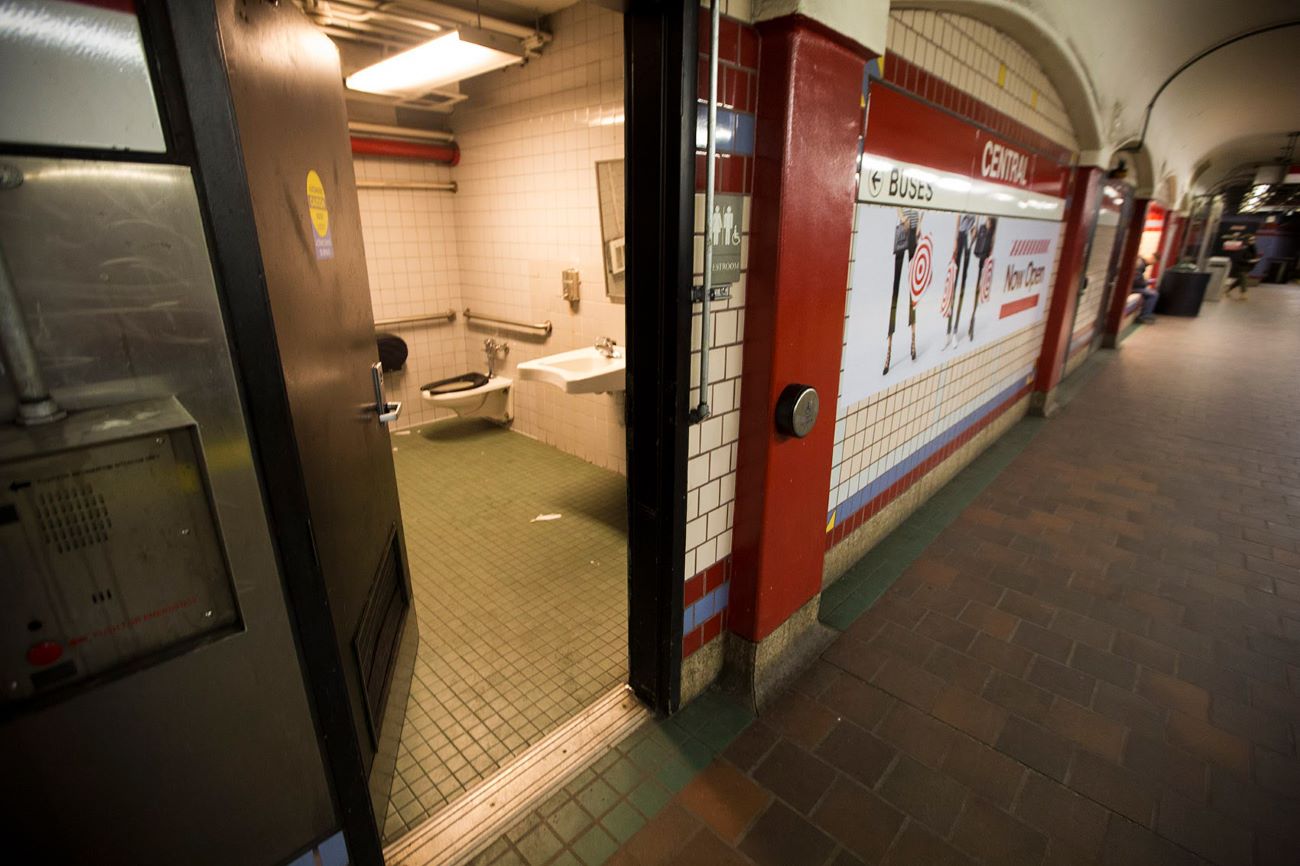John King’s childhood was filled with a passion for building and tinkering, from radios to bicycles and furniture. Little did he anticipate that this lifelong pursuit would later serve a crucial purpose: saving lives threatened by overdoses from powerful illicit drugs in public restrooms.
As the nation’s leading expert on motion-sensor technology designed to detect drug overdoses in closed spaces, 63-year-old electrician John King has played a pivotal role in rescuing over 3,500 individuals from potentially fatal overdoses.
His innovative systems, installed in numerous health facilities across the country, utilize ultrasonic and infrared sensors with timers.
These sensors detect minimal body movements upon entry into a room and trigger an alarm if no movement is detected for a specified time period, prompting emergency medical response.
King’s journey into this life-saving technology began nearly seven years ago with a single installation at a Boston health clinic.
Since then, amidst a worsening overdose crisis fueled by synthetic opioids like fentanyl, demand for his systems has surged.
In 2022 alone, Massachusetts recorded a record-high 2,359 overdose deaths, underscoring the urgent need for effective interventions.
These motion-sensor systems have proven particularly effective in public bathrooms, which, despite offering privacy for drug use, also pose significant risks due to isolation and lack of surveillance.
Jessie Gaeta, a physician involved in implementing King’s systems, acknowledges the tragic necessity of these measures amid a crisis that claims about 300 lives daily.

The technology operates simply: a device, akin to a fire alarm, is installed on restroom ceilings. It activates upon room entry and sets off an alarm if no movement is detected for a designated time, alerting nearby individuals to a potential overdose.
While false alarms occur, particularly in homeless shelters where exhaustion or other factors can trigger them, the system has undeniably saved lives.
Gregory Grays-Thomas, director at the Boston Public Health Commission, attests to the system’s efficacy, citing numerous instances where it prevented fatal overdoses in shelter bathrooms.
Despite criticisms that such measures are a band-aid solution, their immediate impact in saving lives cannot be overstated.
Inspired by King’s work, other entities like Brave Technology Co-Op have expanded the use of similar monitors across North America, including public libraries, transit hubs, and coffee shops.
Oona Krieg of Brave Technology envisions a future where these sensors are ubiquitous, ensuring safer environments for vulnerable individuals who use drugs alone.
King’s dedication to refining his technology continues unabated, driven by the memory of preventable tragedies.
He constantly adjusts his systems to combat the increasing potency of street drugs like fentanyl, ensuring quicker detection of overdoses to maximize chances of survival.
Reflecting on his journey, King remains haunted by the loss of a life due to delayed installation. It’s a poignant reminder of the critical need for rapid deployment of life-saving technologies in response to a relentless crisis.
In his own words, “I can’t be everywhere at once, but I’ll keep working to make a difference where I can.”
